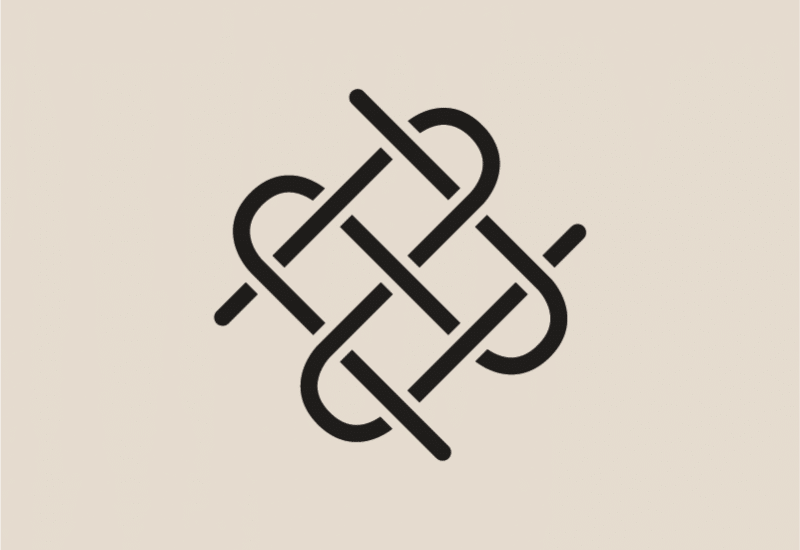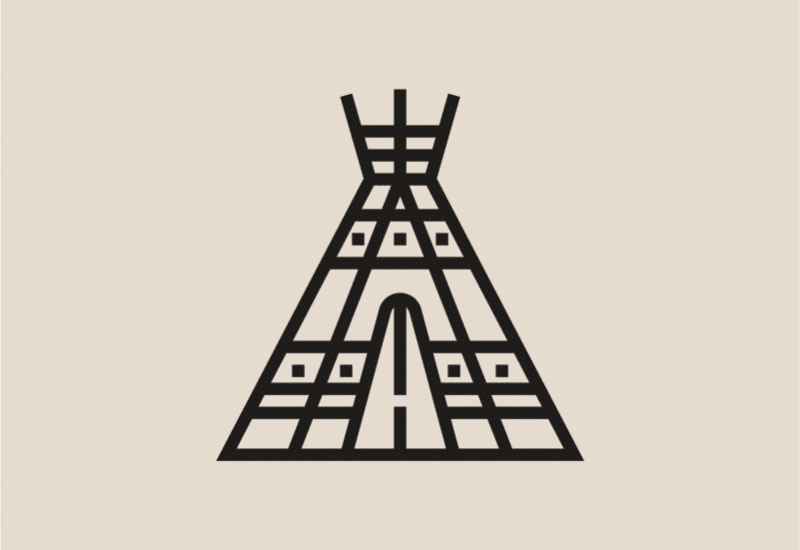The WoW Study is guided by four main approaches to research:
Community-based research (CBR):
CBR is a rigorous, collaborative approach to research that equitably engages all partners in the research process by drawing on the unique strengths and expertise of each1 and working with community members to identify the issues to study2.”Community-based research is fundamentally driven by relationships”3 aligning this methodology with the essence of an Indigenous research paradigm.
Indigenous knowledge:
Leroy Little Bear says that “in the Indigenous world, knowledge is relationships”4. These relationships are “… predicated on the fact that all Indigenous tribes – their philosophies, cultural ways of life, customs, language, all aspects of their cultural being in one way or another – are ultimately tied to the relationships that they have established and applied during their history with regard to certain places and to the earth as a whole”5. Our focus on land-based approaches to wellness and the central role of HIV Olders centre Indigenous knowledge in this study.
Decolonizing methodologies:
Decolonizing methodologies focus on moving theory into action and is a common priority with Indigenous research agendas because of their support for new and transformative research 6. We engage with decolonizing methodologies in order to centre Indigenous knowledge in research, recognizing the inherent connection between land, spirit, and mind, and acknowledging the separations between these elements are related to the ‘colonial project’7.
Two-eyed seeing8:
Two-eyed seeing refers to the ability to understand research “from one eye with the strengths of Indigenous ways of knowing, and from the other eye with the strengths of western ways of knowing, and to use both of these eyes together”9 . Two-eyed seeing allows us to mediate, but not resolve, the uncertainty and irreconcilable ways that Indigenous ways of knowing may relate or conflict with Western research methods. This is particularly important for respecting how diverse participants and researchers may differentially understand health, wellbeing and HIV-related priorities.
1 Mendenhall, T. J., & Doherty, W. J. (2007). Partners in diabetes: Action research in a primary care setting. Action Research, 5(4), 378-406.
2 McIntyre, A., Chatzopoulos, N., Politi, A., & Roz, J. (2007). Participatory action research: Collective reflections on gender, culture, and language. Teaching and Teacher Education, 23(5), 748-756.
3 Leeuw, S. D., Cameron, E. S., & Greenwood, M. L. (2012). Participatory and community‐based research, Indigenous geographies, and the spaces of friendship: A critical engagement. The Canadian Geographer/Le Géographe canadien, 56(2), 180-194. (p. 188)
4 Little Bear, Leroy. 2009. Naturalizing Indigenous Knowledge, Synthesis Paper. Saskatoon, SK; Calgary, AB: University of Saskatchewan, Aboriginal Education Research Centre and First Nations and Adult Higher Education Consortium.
5 Cajete, G. (2000). Native Science: Natural Laws of Interdependence. Santa Fe, New Mexico: Clear Light Publishers (p.4)
6 Hammond, C., Gifford, W., Thomas, R., Rabaa, S., Thomas, O., & Domecq, M. C. (2018). Arts-based research methods with indigenous peoples: an international scoping review. AlterNative: An International Journal of Indigenous Peoples, 14(3), 260-276.
7 Sium A, Chandni D, Ritskes E. Towards the “tangible unknown”: Decolonization and the Indigenous future. Decolonization Indig Educ Soc. 2012;1(1):I-XIII. doi:10.1007/s10964-013-0081-8.
8 We wish to acknowledge that Two-Eyed Seeing, Etuaptmunk, is a concept introduced by Mi’kmaw Elder Albert Marshall in 2004 and would invite you to learn more at the Institute for Integrative Science & Health Website.
9 Hatcher, A., & Bartlett, C. (2010). Two-eyed seeing: Building cultural bridges for Aboriginal students. Canadian Teacher Magazine, 6(5), 14-17. (p. 16)






